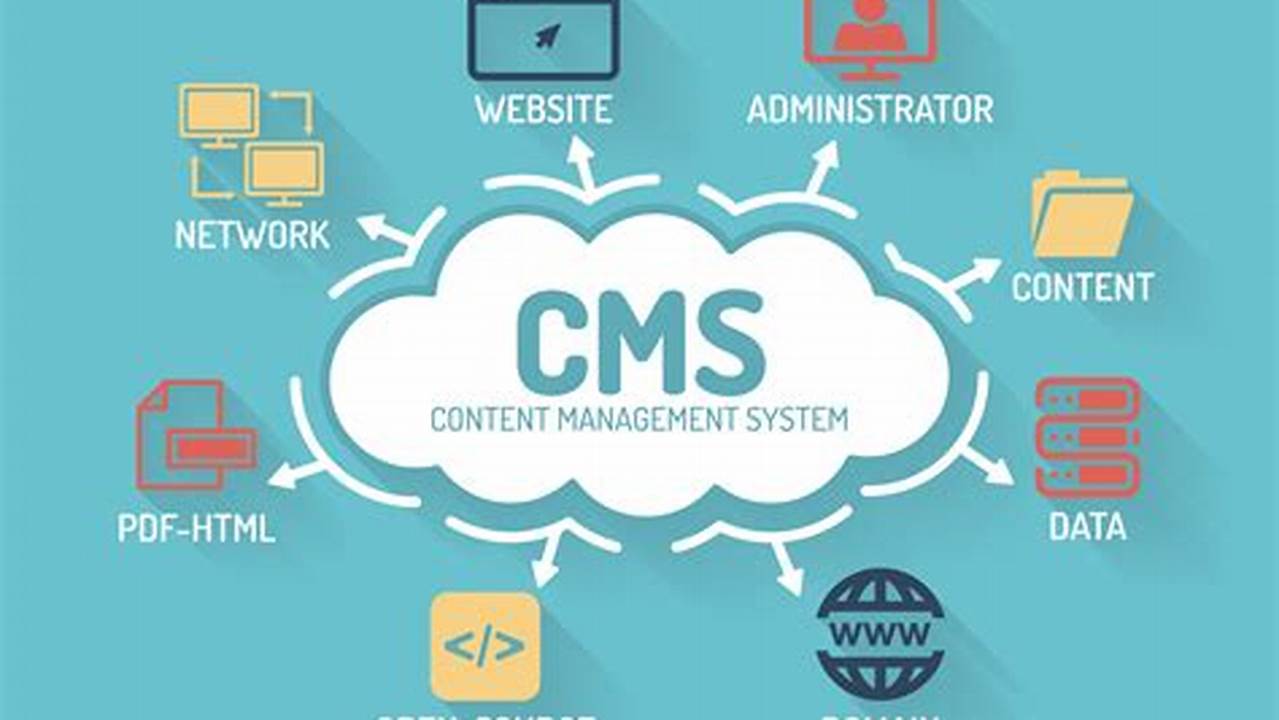Selecting a content management system (CMS) is a critical decision for any organization launching or revamping a web presence. Open-source CMS platforms offer a compelling blend of flexibility, cost-effectiveness, and community support, making them an attractive option for businesses of all sizes. Choosing the optimal platform requires careful consideration of factors such as technical expertise, scalability requirements, and desired functionalities. This discussion explores the significance of selecting the right open-source CMS in 2024.
Flexibility and Customization
Open-source platforms provide unparalleled freedom to tailor the CMS to specific needs. Direct access to source code enables extensive modifications and integrations, unlike proprietary systems with inherent limitations.
Cost-Effectiveness
Eliminating licensing fees significantly reduces the financial burden, allowing resources to be allocated to other crucial aspects of web development, such as design, content creation, and marketing.
Community Support
A vibrant community of developers and users offers extensive support, documentation, and readily available solutions to common challenges. This collaborative environment fosters continuous improvement and innovation.
Scalability
Many open-source platforms are designed to handle growth, accommodating increasing traffic and content volume without compromising performance.
Security
While requiring proactive maintenance, open-source platforms benefit from community scrutiny, leading to rapid identification and resolution of security vulnerabilities.
SEO Friendliness
Numerous open-source CMS options offer built-in SEO tools and features, facilitating higher search engine rankings and increased organic visibility.
Extensive Plugin Ecosystems
A wide array of plugins and extensions extends functionalities, enabling seamless integration with third-party services and tools.
Ease of Use (Depending on Platform)
While some platforms require technical proficiency, others offer intuitive interfaces and user-friendly features, catering to users with limited coding experience.
Tips for Selecting a CMS
Evaluate specific project needs: Define functionalities, scalability requirements, and technical expertise available.
Research popular options: Compare features, community support, and documentation of leading platforms.
Test with a demo or trial: Hands-on experience provides valuable insights into usability and suitability.
Consider long-term maintenance: Factor in the resources required for updates, security patches, and ongoing support.
FAQ
What are the most popular open-source CMS platforms?
Leading platforms often include WordPress, Drupal, Joomla!, and others, each catering to different needs and technical skill levels.
Is technical expertise necessary for using an open-source CMS?
The level of technical expertise required varies depending on the chosen platform and the extent of customization desired.
How secure are open-source CMS platforms?
Security depends on active maintenance, regular updates, and adherence to best practices. Community scrutiny contributes to rapid vulnerability identification and patching.
Can open-source CMS platforms handle large websites?
Many open-source platforms are designed for scalability and can effectively manage high traffic and substantial content volumes.
What are the long-term costs associated with open-source CMS?
While licensing fees are absent, costs may include hosting, development, maintenance, and potential premium plugins or extensions.
How do I choose the right open-source CMS for my project?
Consider project requirements, technical expertise, scalability needs, and community support when making a selection.
Choosing the appropriate open-source CMS is a pivotal step in establishing a successful online presence. Careful consideration of the factors discussed above empowers organizations to leverage the flexibility, cost-effectiveness, and community support offered by these platforms, ultimately leading to a robust and adaptable web solution tailored to their specific needs.



